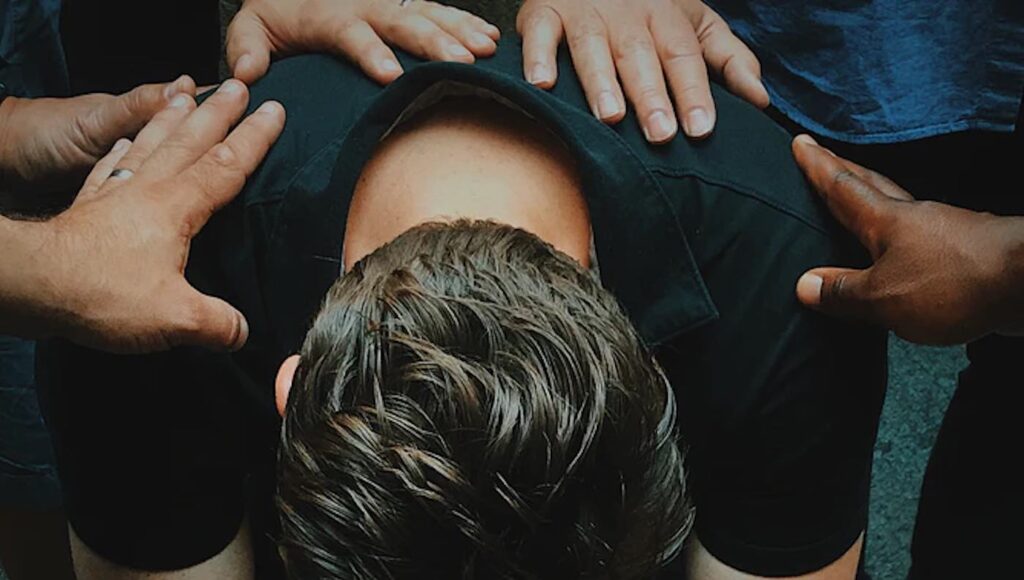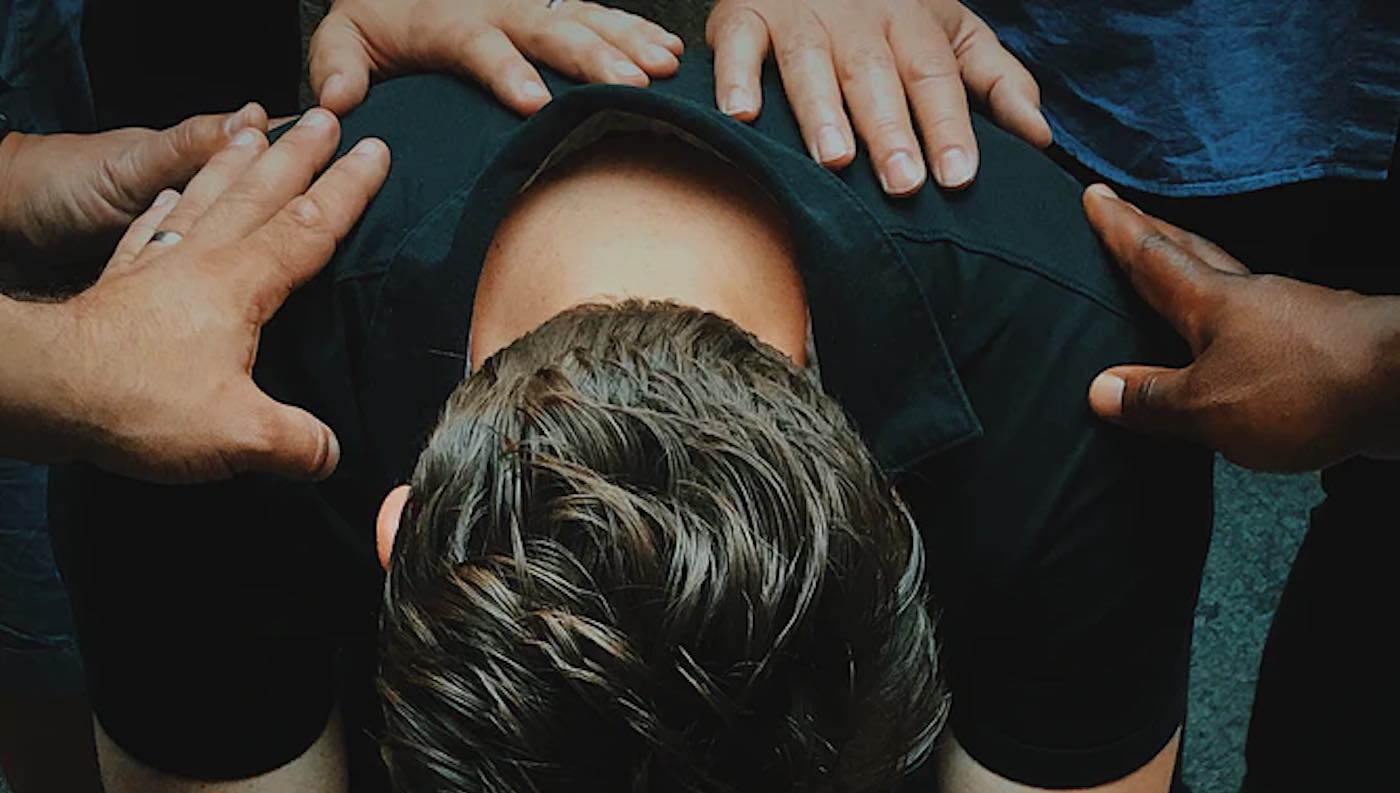
What we English speakers refer to as grief is actually a complex web of not only emotional, but also physical states.
A newly established non-profit founded last fall is pursuing a mission to support individuals navigating grief and burnout through community support and somatic-based practices, instructing them how to grow through grief taking direct control over the nervous system.
Grief is a universal experience affecting both mind and body, with feelings in our brain directly affecting our physiology in ways that can leave us stressed and numb.
Recognizing its profound impact on overall well-being, the Denver-based LIGHT Movement utilizes scientific insights from the Polyvagal Theory developed by neuroscientist Dr. Stephen Porges, and organizes classes, retreats, and workshops to help overcome grief in a powerful, organic way.
Polyvagal Theory explains how grief can trigger physiological responses in the nervous system, leading to states of anxiety, disconnection, or numbness.
“Grief can significantly alter our physiological state, making it crucial to address both emotional and physical aspects,” said Amy Pickett-Williams founder and co-executive director of the LIGHT Movement. “By understanding these responses, we empower individuals with techniques to grow with their grief, leading to re-engagement with life.”
The word somatic refers to one-half of the division of the human nervous system, with the other half being the autonomic nervous system. Somatic refers to those aspects of the nervous system we can control and it plays a key role in how grief unfolds across our physiology.
LIGHT Movement promotes and uses somatic techniques like breath control. Inhaling slowly through the nose, but critically, extending the exhale activates the parasympathetic nervous system, (related to ‘rest and digest’ as opposed to the ‘fight or flight’ response of the sympathetic nervous system) promoting calm and present-moment awareness.
Mindful movements that mirror emotional states—practicing the oscillation between expanding outward into vulnerability and contracting inward when the pain is deep—this pendulation fosters growth from grief, according to Pickett-Williams.
MORE OPPORTUNITIES FOR GROWTH: Anxiety Can Be a Habit – Which Means We Can Stop it, If We Know How
She founded the LIGHT Movement after the loss of her father followed by a stomach cancer diagnosis and long recovery.
In today’s fast-paced world, the LIGHT Movement also addresses burnout, recognizing it often comes with its own form of grief—the loss of passion and motivation. Their programs provide tools to alleviate burnout symptoms and promote overall well-being.
Many of these focus on another somatic method called bilateral stimulation, which involves rhythmic stimulation of both sides of the body, such as alternating taps, walking, swimming, art, baking, cooking, or gardening. These activities help support integration between the brain’s hemispheres, aiding growth and resilience.
“We invite individuals and organizations to join us in bringing LIGHT to communities worldwide,” added Pickett-Williams. “Through virtual and in-person offerings, we strive to make growing with grief accessible to all.”
ALSO CHECK OUT: Dance Away Your Tears With This ‘Grief Disco Kiosk’
At 7 p.m. MST [think Denver] on the winter solstice, a date celebrated for millennia as a crossing-over point in the year, LIGHT Movement will host a worldwide/in-person event to help alleviate the burden of grief.
“This December 21st, we hope to quadruple the in-person and virtual attendance (nationally and globally) with the goals of reminding people they are not alone, to teach somatic based tools to support integration and finding meaning/purpose, and stand in solidarity of ALL people and ALL types of loss,” Pickett-Williams said. “Our world is grieving and we must support each other.”
SHARE This Opportunity With Anyone You Know Who May Be Grieving…




















